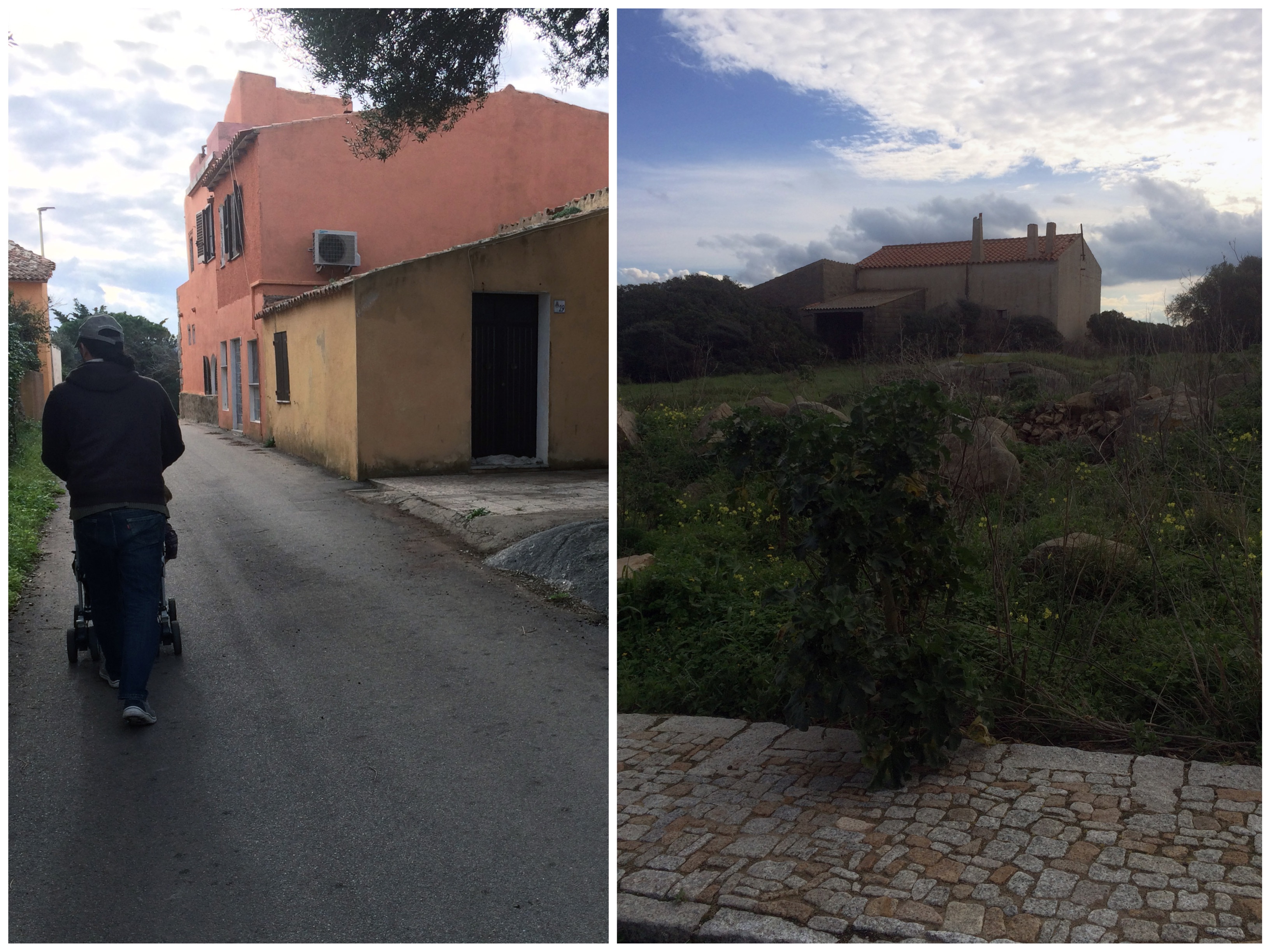
Moving from our rural and wooded homestead in Vermont to the Italian island of Sardinia is a big change, yet a welcomed one. Understanding the cycles and the seasons are important to me. Being aware of them helps me feel more in touch with the natural world and my surroundings, essentially my place in the world. This understanding keeps me grounded. When I move to a new place, one of the first things I do is take a walk to get the lay of the land, get to know it. Over time and many walks later, traversing all the seasons, I learn more about how the land functions and eventually I learn my part in how by working together with the land, I can help to preserve it. I feel that drive all the stronger now. This land is my children’s birthright and homeland, and I will do what I can to be sure it is a place for many other children to call their beautiful home long after I have left this world.
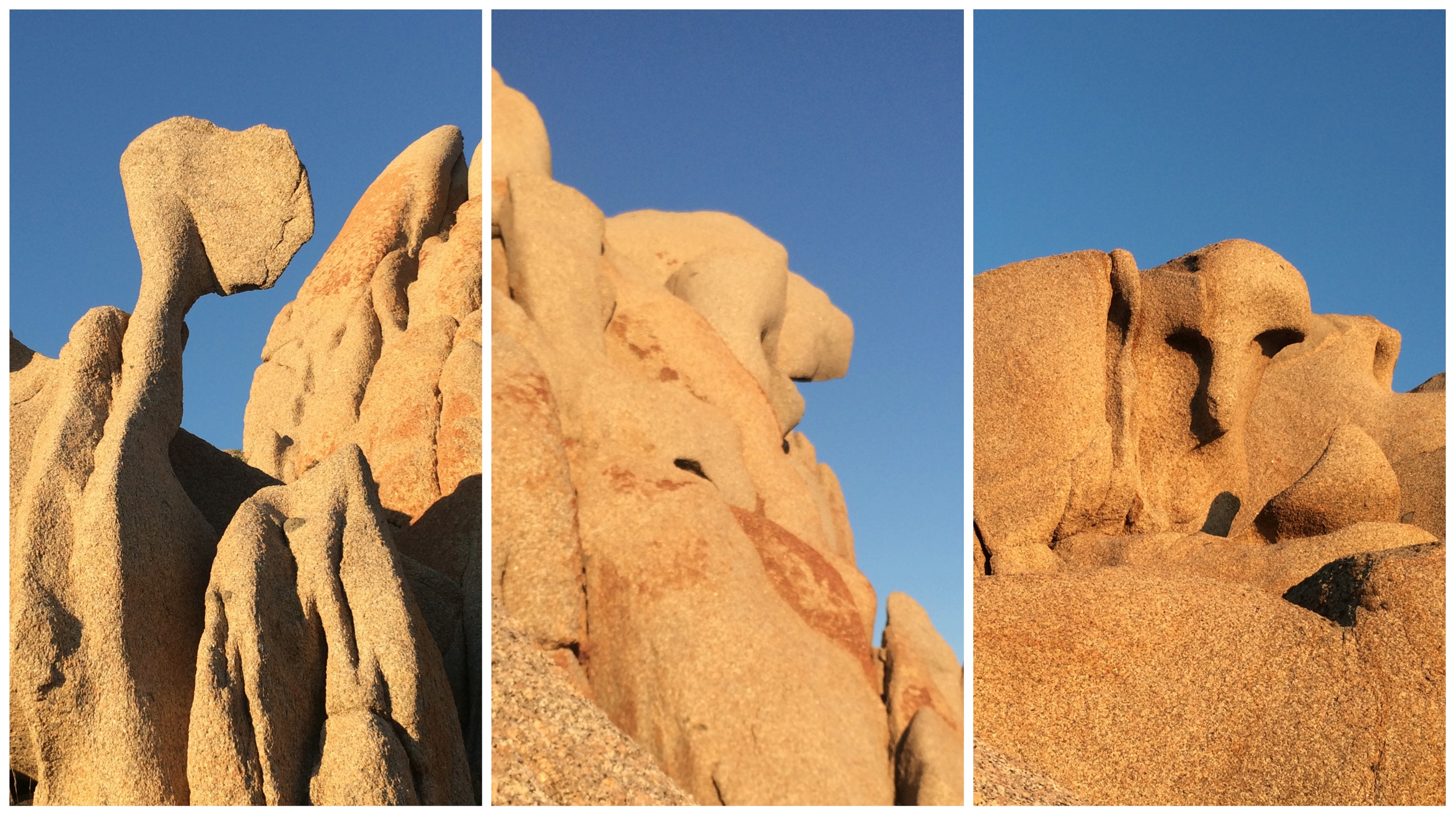
It is difficult sometimes to describe the ruggedly beautiful landscape of Sardinia. There are aspects of it that remind me so much of the American southwest where I spent time living on the Navajo reservation. Here in Gallura, the north of the island, boulders, stones and rocky outcrops dot the horizon, many with very distinct personalities. On some parts of the island, there are red rocks just like the southwest. The landscape is ripe with scrub brush, juniper, and pine nut producing pine trees. In the summer months it is dry, and when you look as far as the horizon, everything is mostly brown in color, much like in the desert. However, in Sardinia, this desert-like landscape is surrounded by the bright Mediterranean Sea, with its refreshing and brilliant, azure, turquoise, and crystal clear waters begging you to jump in. It is this stark contrast of dry and brown/red to an abundance of glimmering water that makes it so striking.
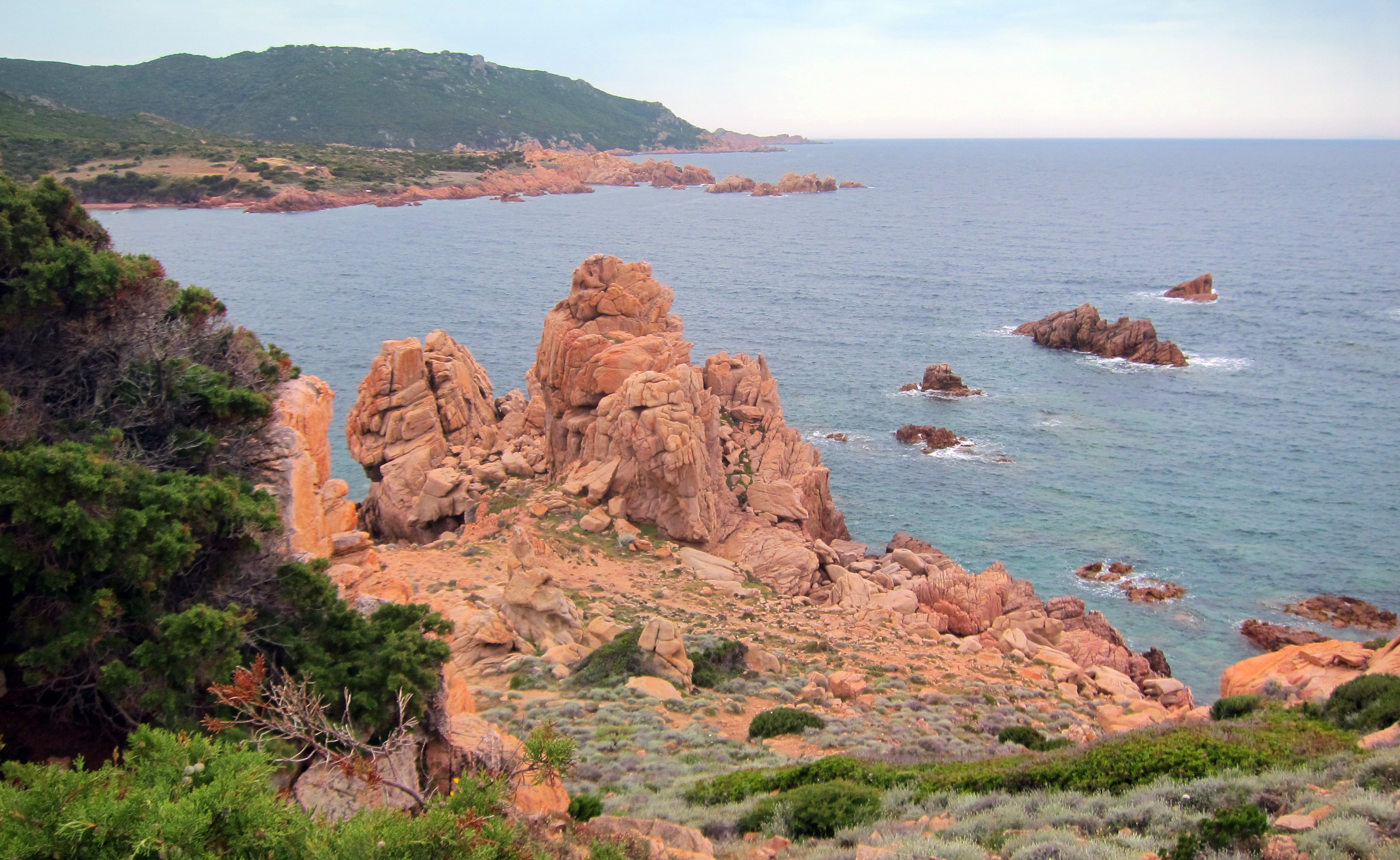
Right now it is too cold for jumping in the waters. Sardinia, despite being a Mediterranean island still experiences four distinct seasons, and right now, in wintertime, we are experiencing a lot of rain, and Gael force winds, called the Maestrale. These strong winds have literally shaped this part of the island over the millennia. The interior of the island, which is mountainous, gets snow and quite a lot of it. The strange thing (for me!) is that in contrast to Vermont, and the east coast of the United States, which is all white this time of year, here in Sardinia it is actually green. Since it only rains in winter here, winter and spring are when the island is the most green. Due to that rain, the land here is not a desert. There are even some familiar trees here, like various types of oak and other deciduous trees, but none of my beloved birch, common to a more Alpine terrain as in Vermont. The fauna on the island is also diverse and different from what I am used to. The abundance of hooded crows, which I’ve never seen in the wild before, and the complete absence of squirrels are two notable differences. One of my favorite moments, since we moved here, was driving home one night and seeing a little hedgehog bumbling across the road, and the next minute driving past a beautiful white barn owl sitting on a post. The hills here are teeming with wild boar, which is why it is such a popular food here. In fact, pork, wild or domestic is probably the quintessential food of Sardinia, with su porcheddu, spit-roasted suckling pig, as the crowning glory. It is roasted on a spit over a log fire for over 3 hours with Mirto; the skin becomes browned and crispy, while the inside remains juicy and packed with flavor.
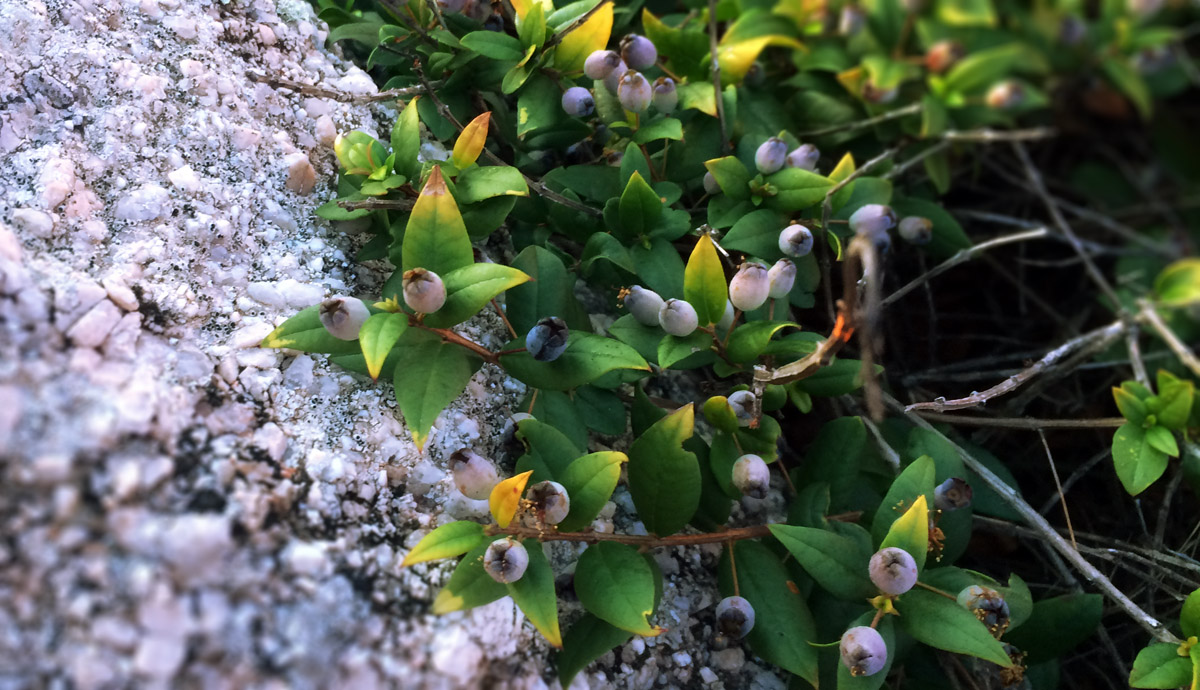
I am fascinated by how the landscape of a place directly influences the traditional foods eaten by the people that live there. I will talk more about that specifically, and how it relates to Sardinia in later posts. But I feel if talking about the land, and our neighborhood, I can’t fail to mention Mirto (known in English as Myrtle). This bush covers the island and its little purple-blue berries full of antioxidants, are used to season food, and to make a specific liqueur, also called Mirto, commonly enjoyed as a digestif. Sardinia is known for its honey, specifically, miele amaro, or “bitter honey” which is rich and delicious, with a slightly bitter aftertaste. Sardinians use it to accompany cheese, especially in it’s most famous dolce, or sweet – Seadas, large ravioli stuffed with pecorino cheese and drizzled with the golden liquid.
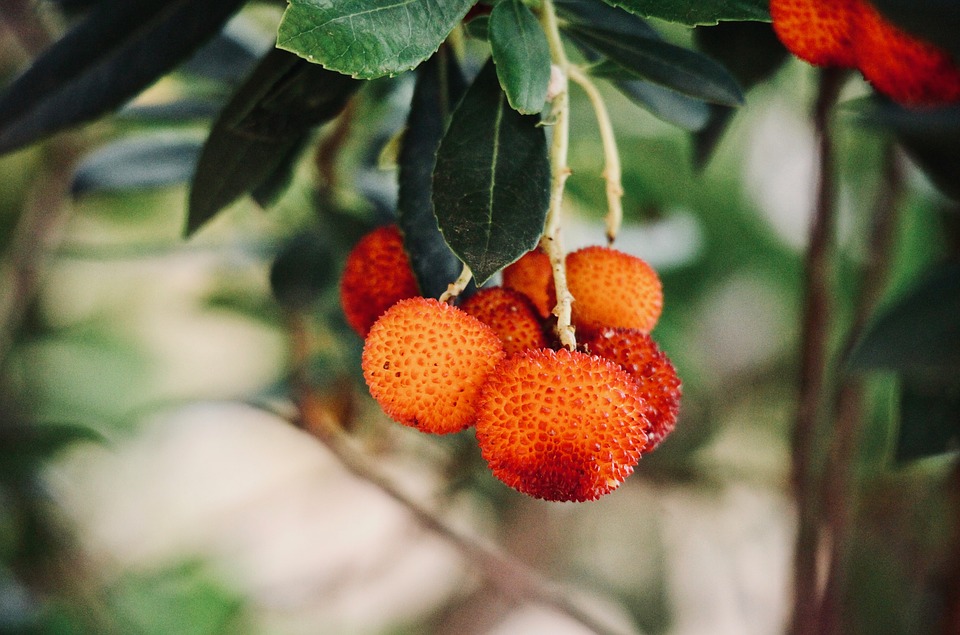
The bees here feast on nectar from corbezzolo which seems to grow everywhere. It is a type of evergreen also known as the “strawberry tree” because of the small red fruits it produces. The honey they produce is a specialty of the Sardinian diet and very much prized. There are several other types of honey from Sardinia, like, Millefiori, light and sweet made from thistle and citrus fruit flowers; Eucalyptus honey, which a honey vendor at the market told me was best for sore throats and not for cheese; and Asphodel, the leaves of the plant are used to wrap burrata, an Italian cheese which means “buttery” and is like a very soft fresh mozzarella. This past weekend our little family took a nice walk around our neighborhood. We foraged wild rosemary, which grows in great bushes here, some fruits from the corbezzolo tree as well as pieces of discarded wood for making fires in our fireplace in the kitchen. We also marveled at the abundance of wild fig trees and lamented the fact that we probably won’t be here when they ripen. We are still in transient housing, looking to find something permanent, which in Italy can take a while. But piano, piano.
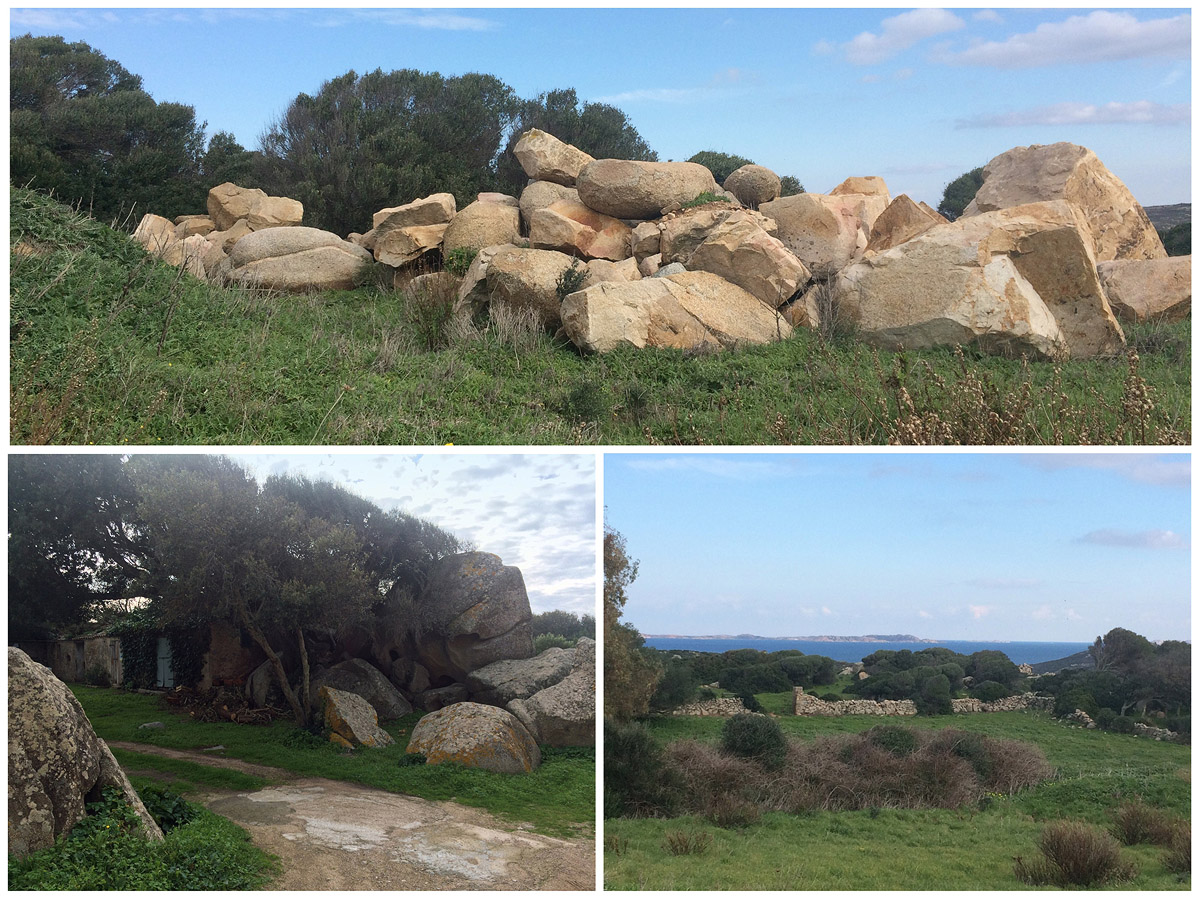
We love the neighborhood and the apartment where we live now, sad in some ways that it won’t be our permanent home. But it has taught us a lot about what we are looking for, once we are able to put down some roots in a more permanent location. Take a turn to the left right outside our front door and you can see the gleaming sea. There are several abandoned stazzos, or typical Sardinian cottages from Gallura, the region where we live, which make us dream of taking one over to re-build creating a family home for generations to come. Perhaps with some beehives of our own.
I invite you to do a little ritual of your own and take a walk through your neighborhood and really pay attention to your surroundings. What do you love about where you live? Do you take notice of how the landscape changes from season to season? What are some of the native plants in your region and how have the people there traditionally used them for food or medicine? I’d love to hear about it in the comments!
RELATED POSTS:
Traditional Sardinian Food: Malloreddus and Maialetto

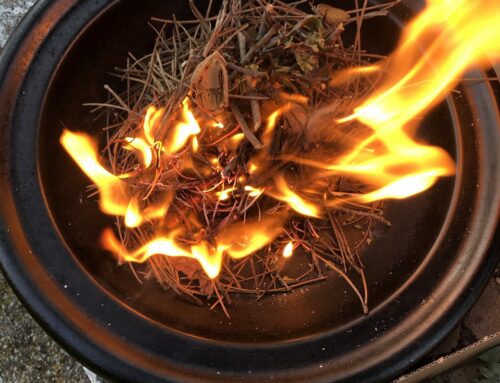
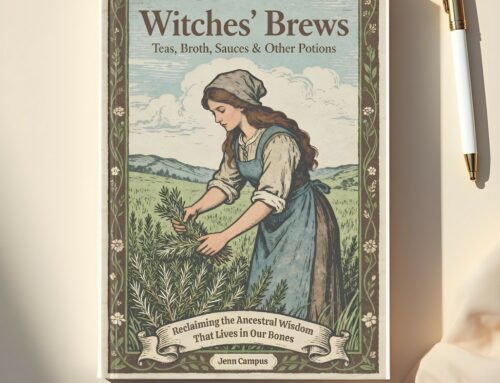

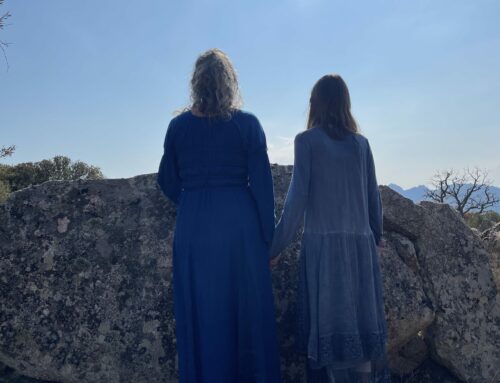

I loved this post. It’s why I enjoy trying to get off the beaten path when we travel — to do just as you’ve questioned. The pace of life where you live has given you the time to get acquainted with all of this in a much more calming way as contrasted with what many have to contend with. A job that perpetuates the move, and instant hustle bustle. My home lies on the 32nd parallel north, so our climate is very similar to yours. Rosemary grows wild here as well. I do wish we could enjoy the cultural aspects and cost of living you’ve described so well.
Thanks for your comment Kelly! :) You raise some really valid and interesting points. I think no matter where we live, or why we live there, a person always has to contend with ups and downs, positives and negatives. It is just part of life. For me, being able to really appreciate what is around me especially various aspects of my natural surroundings – which have been here before I showed up, and will be here long after I am gone, make me feel calmer, and contributes to a personal feeling of peace.